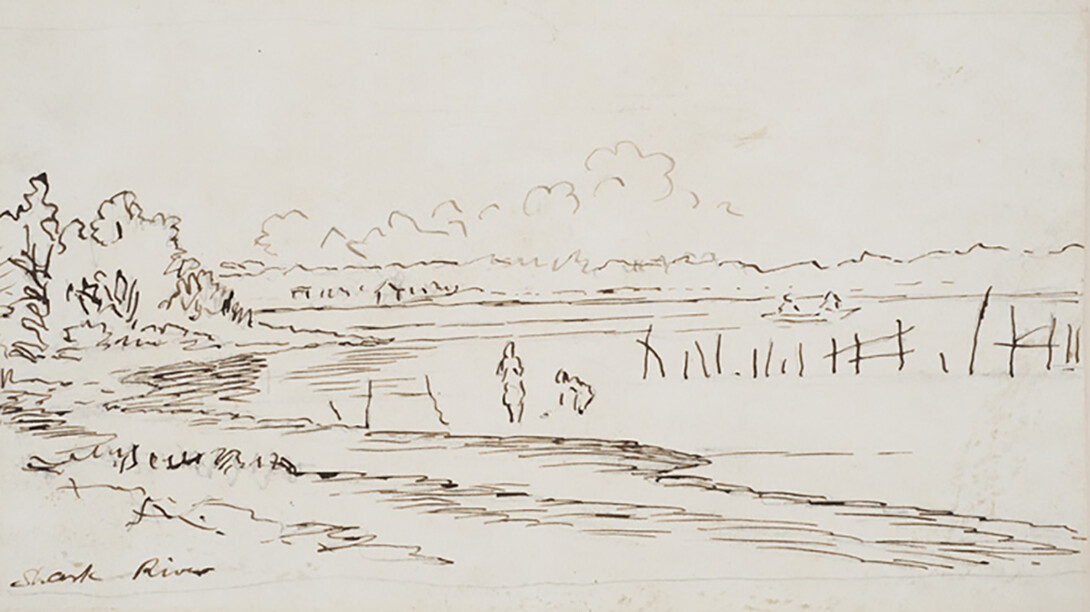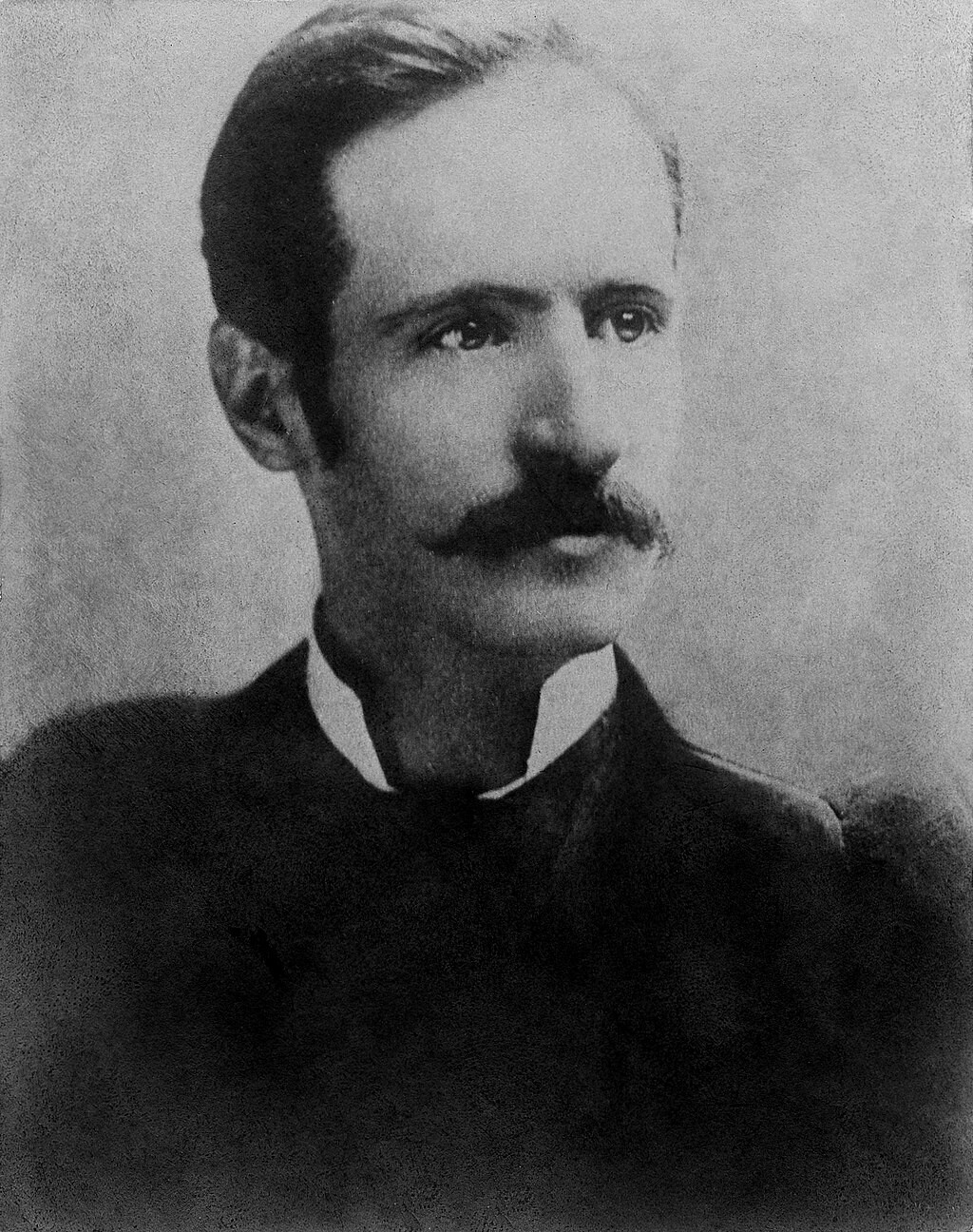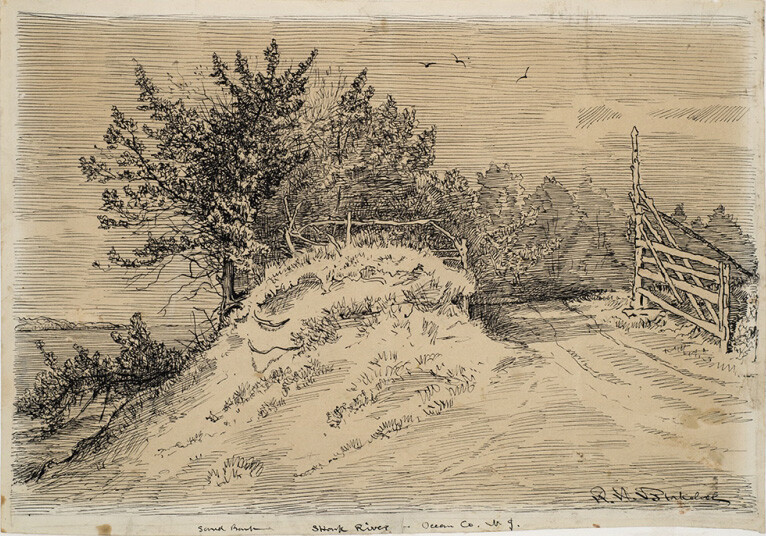
Two works in the Sheldon Museum of Art’s collection may have indirectly received their names from a shark’s unlucky demise.
According to legend, the Shark River in eastern New Jersey acquired its name when a large shark was swept up river and died in the mid-1800s.
Others say it is named for the many fossil shark teeth that can still be found along its banks.
Still others claim it is a derivation of Shirk River or Shack River.

The river is the inspiration behind two drawings by American artist Ralph Albert Blakelock. Both “Shark River” and “Sandbank, Shark River, Ocean County, N.J.” are part of Sheldon’s collection.
Blakelock (1847-1919) was known for his romantic landscapes of the American West, especially those of Native encampments and moonlight scenes. Though he rarely made much money from his paintings, collectors often resold them for large sums.
Despite spending the last 20 years of his life in mental institutions, he became one of the most popular and most frequently forged artists of his time.
Sheldon’s collection includes 98 works by Blakelock — 64 drawings, 32 oil paintings, a watercolor and an engraving — and four fakes.

Norman Geske, former director of the museum, was instrumental in securing many of the works. He studied the artist for 40 years and wrote the 2007 book “Beyond Madness: The Art of Ralph Blakelock, 1847-1919.” He also helped create the Nebraska Blakelock Inventory, a digital archive to help others distinguish between real Blakelock works and forgeries.
Of the artist’s style, Geske once said: “Essentially self-taught, Blakelock proceeded with an imagination that was singularly free of any allegiance to established procedures, allowing him … to address subjects as diverse as Jamaica, upper Manhattan Island and the ocean shore, to find new solutions to differing pictorial problems. In some instances, it is clear he was cognizant of stylistic innovations in the higher artistic community. At other times, it seems his solutions were strikingly in advance of the standard practice of the time.”
Geske died in 2014, but the university’s Blakelock collection endures.
Learn more about the collection.







